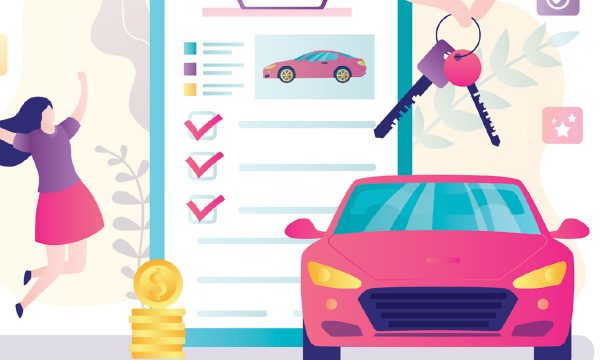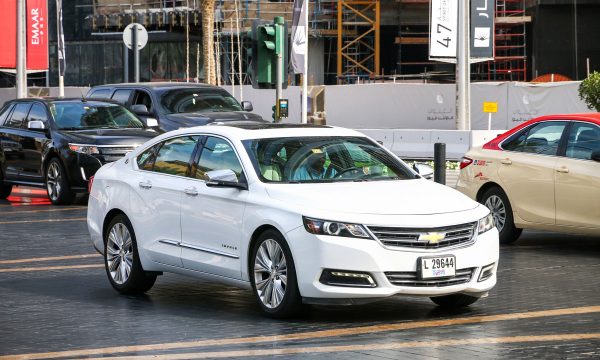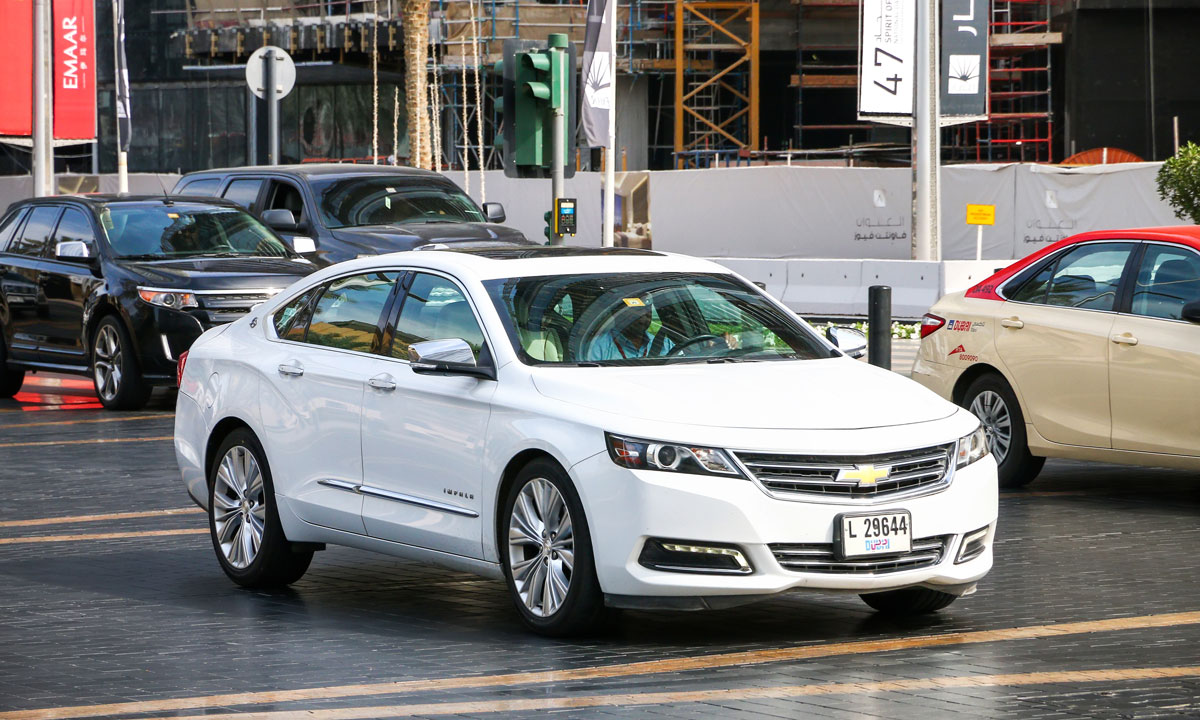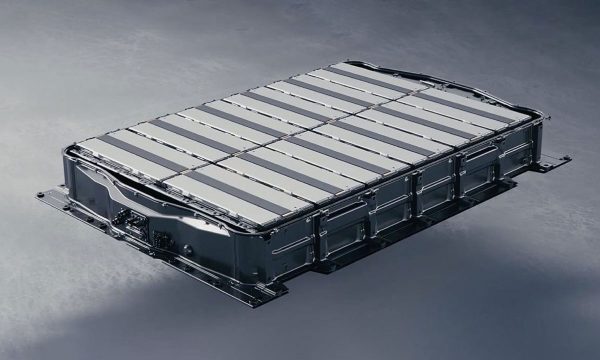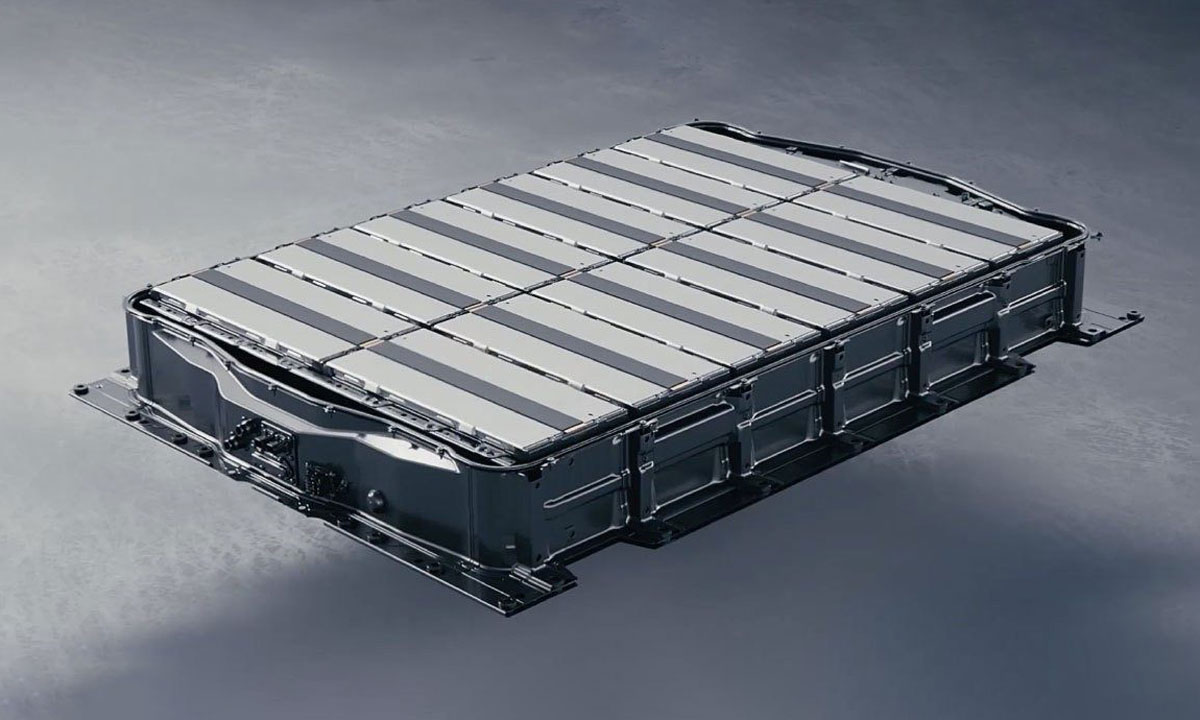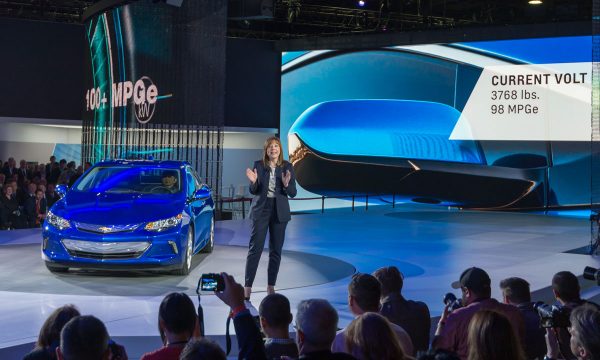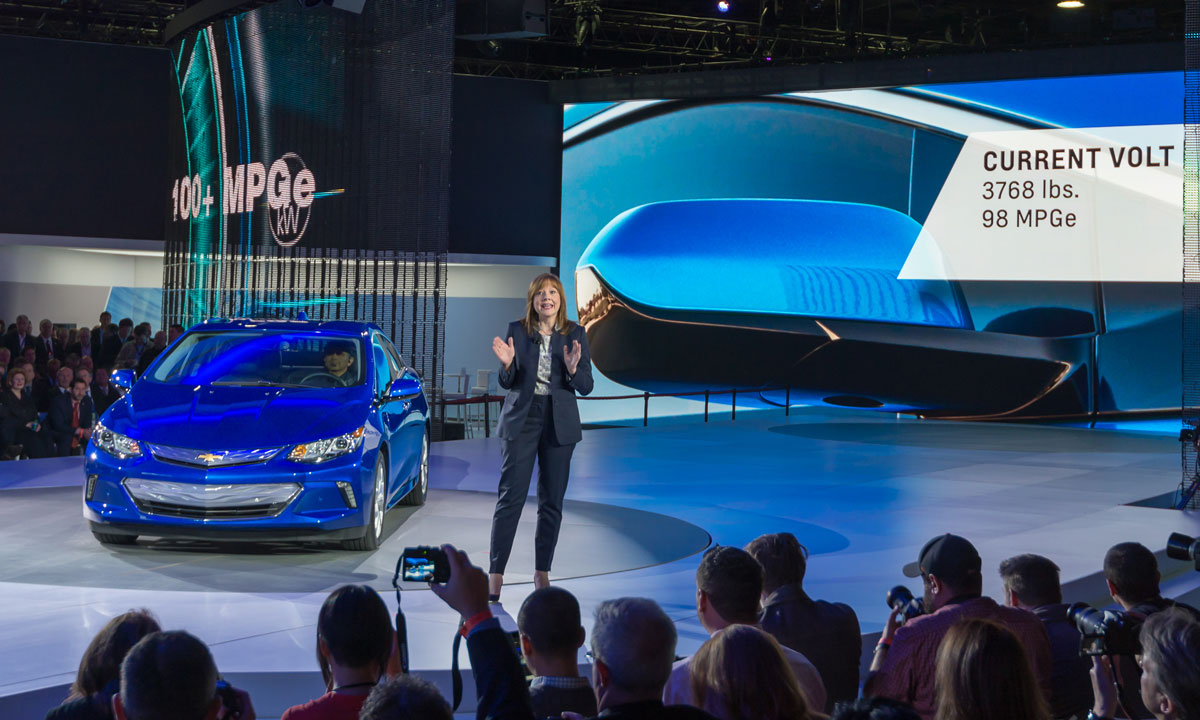We are no longer selling. Instead, the consumer is buying and digitization is the engine we need to boost auto retail to the next level.
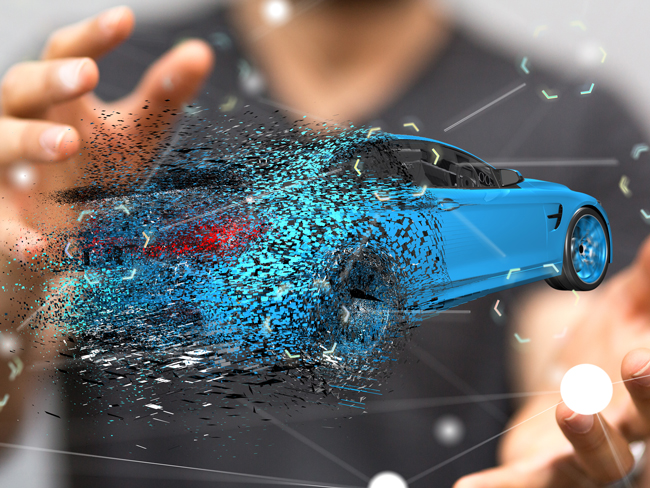
2020 turned out to be a year of accelerated digitization, created by the need to keep people safe.
In an effort to restrict physical movement, people greatly altered their daily behaviour and traditional norms for both living and working. Prolonged periods of change subliminally affected us all.
During the same period, we witnessed a forced transition to e-commerce indirectly mandated by governments, openly accepted by consumers, and hastily adopted by businesses in general.
This was to gain greater control over our short-term survival. Retailers of all shapes and sizes ramped-up their own online activity, pivoting to a host of delivery options including curb-side pick-up and home deliveries. Consumers followed in droves.
For automobile dealerships, it was a hurry-up offence for most. Sure, everyone had some degree of digitization on their radar screen, but in actual fact most had made little pre-pandemic progress. Dealer groups definitely had the advantage there, but some of them also struggled — even with their vast resources.
The end result however, in some ways, justified the means. Many dealerships significantly advanced their digital cause in an attempt to score points with consumers and emphasize their local value. As we have become accustomed to, the consumer was dragging us along. Many of us replaced the act of kicking and screaming with some pretty slick marketing messages.
While dealers were frantically manoeuvring to the front of the line, so were brands. Brands, always keen to connect directly to consumers, made their own advances with digitization. Some brands did this in unison with their dealer network, as true partners do. Unfortunately, others advanced their end-run strategy to add more meat to their direct-to-consumer approach, at the potential expense of their dealer network.
Prior to the pandemic, the automotive industry was in the early stages of reinventing itself from top to bottom. Digitization was at the core of this reinvention. The pandemic certainly has added greater uncertainty and delays as the industry did the two-step dance for much of the past year.
As I wrote in Driving the Road Ahead: A View Into the Future of Canadian Automobile Retailing, brands are in for the fight of their lives. Canada is only a very small portion of the global automotive market, and offers a relatively risk-free environment for brand experimentation. Trying something in Canada gives brands the opportunity to work out the kinks without materially impacting global operations, if their direction turned out to be unsuccessful.
Brands also use other global geographic locations the same way, making it more important than ever to keep an eye on international developments as leading indicators of possible future retail developments in Canada.
There are so many moving parts and pieces to our industry, impacted by various stages of digitization. Under normal circumstances, it could take decades to truly effect material change. As we know, 2020 was anything but normal and 2021 could provide more of the same.
Many initiatives are being advanced to the front of the pack faster than others. Digitization adds the potential to increase both speed and confusion. Some initiatives are more developed than others, with many of these initiatives leaving dealers and often consumers with more questions than answers.
The industry is facing many headwinds that cause decision-makers to amend their strategies on the fly. Natural obstacles and poorly researched facts and behaviours serve as potholes on the road to evolution. In a perfect world, our complex industry based on assembling, selling, maintaining, and repairing vehicles is supposed to move forward in lockstep.
However, as with all rapid change, inconsistency and varying speed of execution in any complex environment, often results in an atmosphere of instability along the way — before success is achieved.
Canada will feel increased climate change pressure. U.S. President Joe Biden will advance his climate change mandate that will no doubt exert tremendous pressure on vehicle manufacturers’ shift to significantly improve fuel efficiency and accelerate the vehicle electrification movement. This will cause brands to make some difficult choices as they gamble their fortunes on the future of transportation.
Raising capital is challenging enough, but without a clearly articulated electrification strategy built on the foundation of digitization, it will be near impossible. With Tesla showing a market capitalization equal to all other automotive OEMs combined, there is much work to do.
As manufacturing and assembly attempt to shift towards greater electrification, challenges from labour and their unions will step in to block and delay forward moving attempts.
We have just witnessed how labour unions and governments can be effective in changing brand direction, with recent announcements by GM to start electric vehicle production in factories previously designated to be shuttered here in Canada. The question remains, how will Biden’s “Buy America” force impact the long-term of GM’s recent announcements?
To my mind, America includes Canada in so many ways. For automotive, when simply looking at supply chains for instance, we operate a fully integrated and intertwined North American industry. We’ll have to watch how this develops in the coming months and years.
Politics aside, some foundational retail issues are being challenged. Consumers are looking for fast and easy digital transactions. Brand direct-to-consumer has tremendous implications, both positive and negative, for all sides. We’ve been talking about this for a while now, but the pandemic years have and will continue to greatly amend the landscape. I believe consumer behaviour has taken a significant shift.
Always quick to adapt to anything internet and smartphone based, the consumer bandwidth for alternative retail models has exploded. Curbside pick-up, online purchasing of just about anything supported with efficient door-step delivery and product returns, appointment-only major item retailing, and a new broad-based belief in the importance of health and safety (to name a few) have greatly changed consumer and retailer behaviour in general.
The long duration of some government mandates may very well have altered the Canadian consumer fabric. I believe a strong digital framework in our industry is inevitable — just like the Field of Dreams mantra: “if you build it, they will come.” I believe we are at the point that if we don’t build it, they will not come.
It’s a challenge for sure. Not all consumers are looking for the same experience. Some will continue to want the traditional approach, while others will be looking for a true online, offline omnichannel experience, and still others will want a 100 per cent online experience.
In all cases, most consumers want a personalized experience that is seamless — regardless of how they choose to interact with us. Customers do their homework and don’t want us to waste their time. They want a retail experience that makes use of their homework efforts and respectfully employs it as the foundation for further discussions and transactions, seamlessly their way.
In many ways, there is not just one approach, but rather there are many hybrid buying models currently developing. Our trick is to offer this flexibility to all our customers: not requiring them to adopt our process, but rather we should have the capability to easily and seamlessly adapt to theirs.
Our funnel needs to be very broad, but our backend processes need to be crisp, tight and deliberate, ensuring total consistency in delivery of the customer experience. At the same time, we need to ensure sound profitable business operations.
We can still have influence over consumer choices. It boils down to how we make use of full digital capabilities to customize their buying experience. But make no mistake, we are not selling anymore. Rather, the consumer is buying. This is a fundamental shift, and digitization is the engine that will propel our evolution to the next level.






